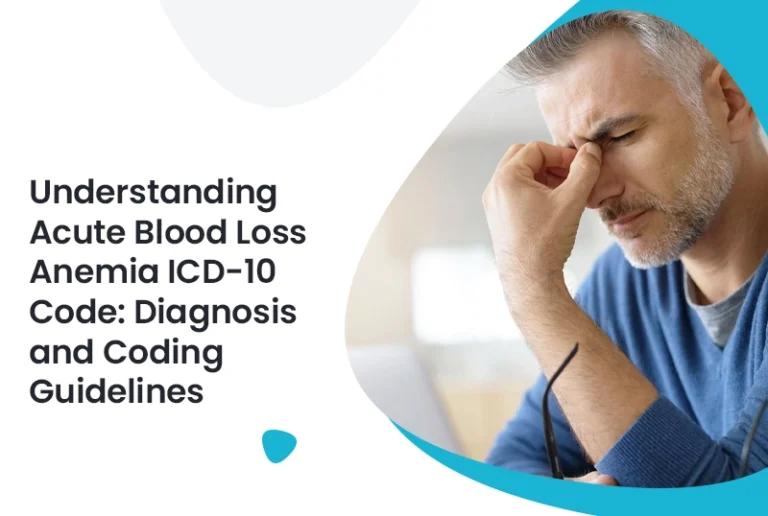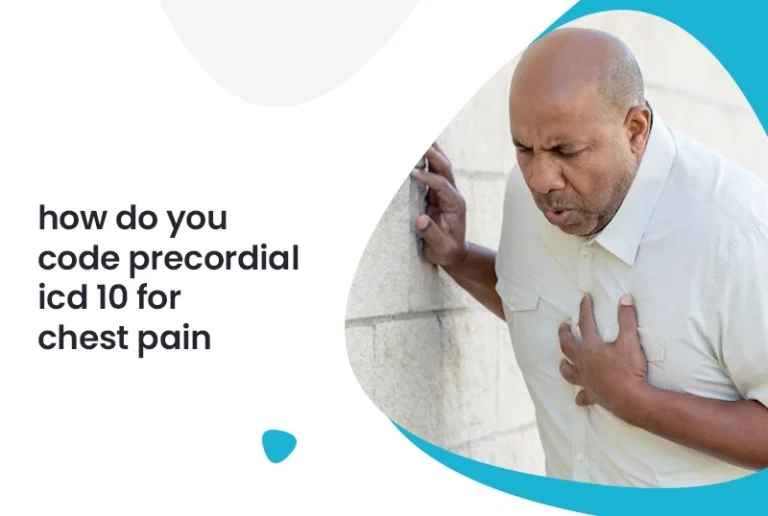What Is POS 33 in Medical Billing? A Complete Guide
Understanding medical billing codes is crucial for accurate reimbursement and compliance. One such code, 33 POS in medical…
Fill out the form for more info.
Understanding medical billing codes is crucial for accurate reimbursement and compliance. One such code, 33 POS in medical…

When dealing with sudden blood loss anemia, it is very important to get the diagnosis and codes right….
If you’re a healthcare provider or work with medical billing company services, you’ve probably encountered the panic attack…

Accurate coding for chest pain ensures proper reimbursement and compliance with billing regulations. Whether you’re a provider or…

If you’ve ever struggled to assign the right ICD 10 code for upper back pain, you’re not alone….

When dealing with patient records and insurance claims, accurate documentation is essential. One frequently encountered code in clinical…

When sciatica pain strikes, finding the right treatment provider is critical. Many patients struggle with the choice: chiropractor…

When talking about nephrologist vs. urologist, the difference is very important for getting the right care. Because each…

Considering developing your career in healthcare management? Your next great step might be learning credentialing specialist! Today’s healthcare…

Particularly when swallowing, have you ever found yourself wondering why your throat seems to be shutting up? It’s…
Copyrights 2025. Precision Hub. All rights reserved.
Fill out the form for more info.